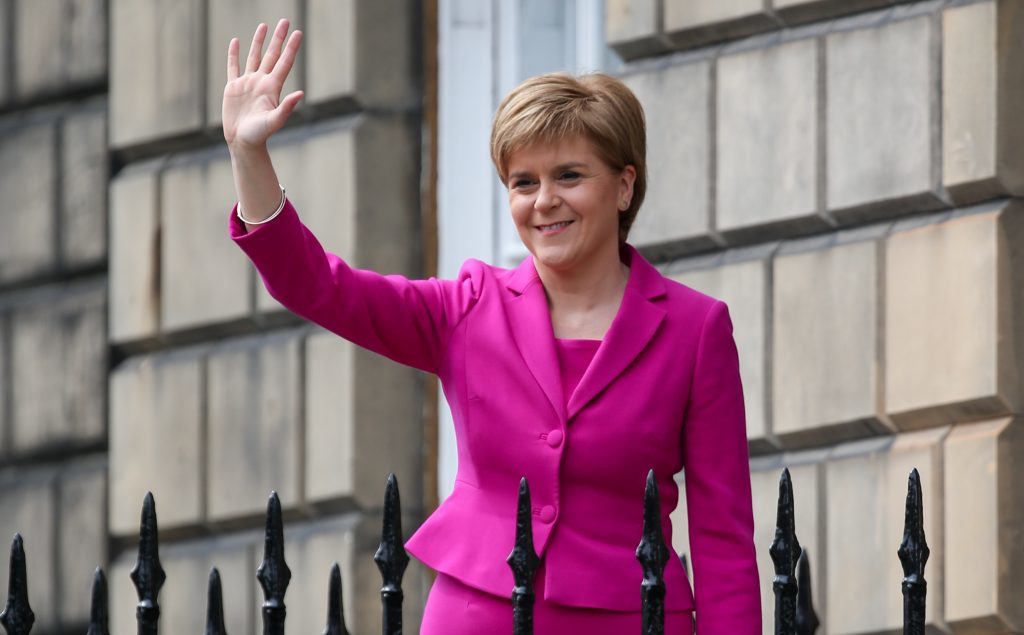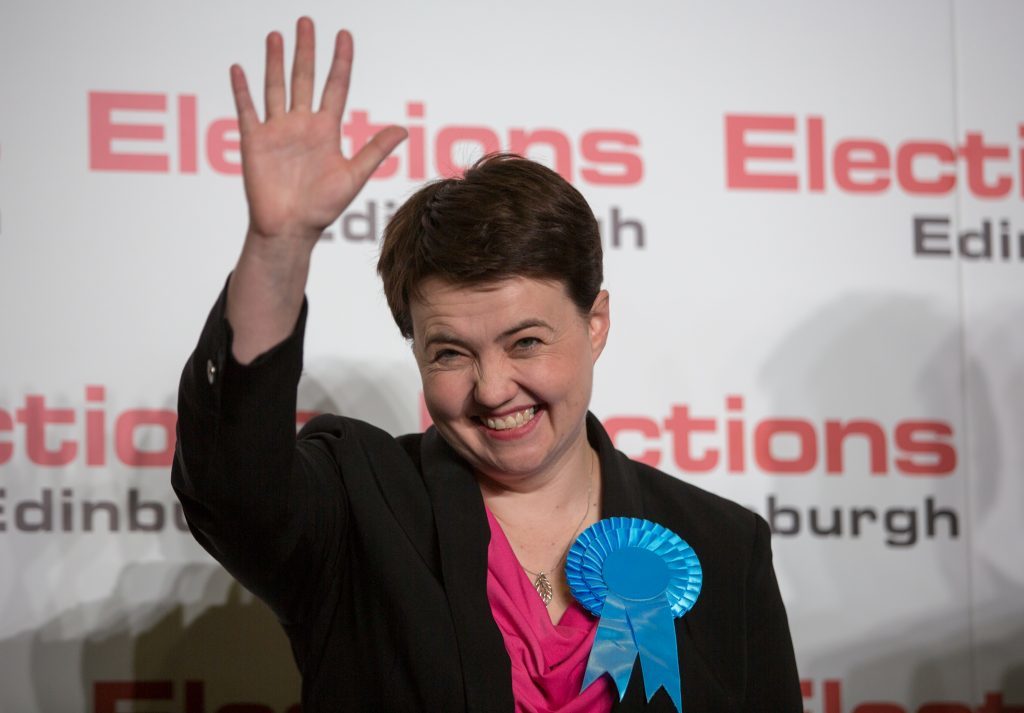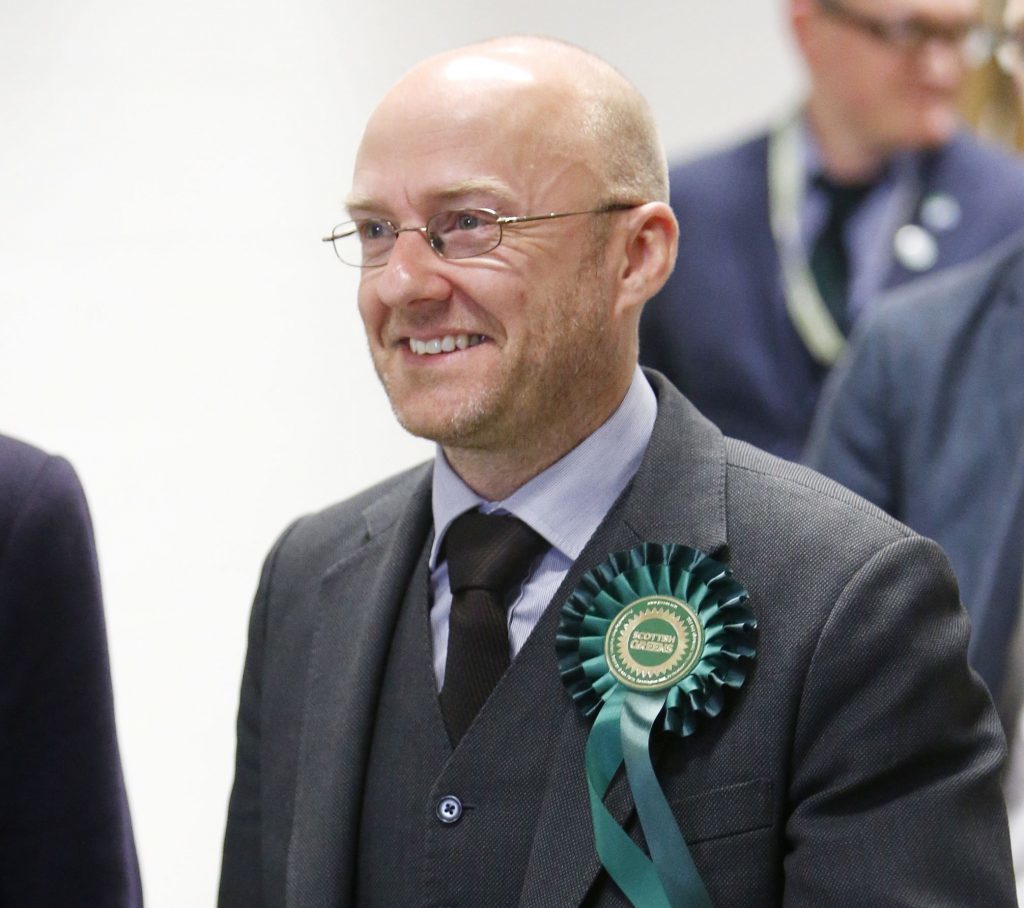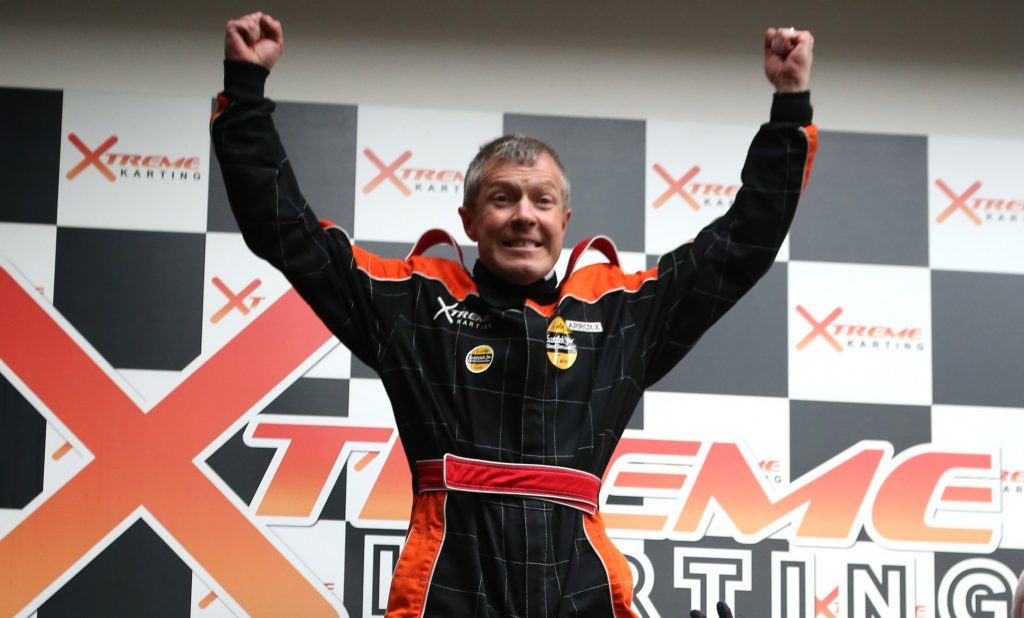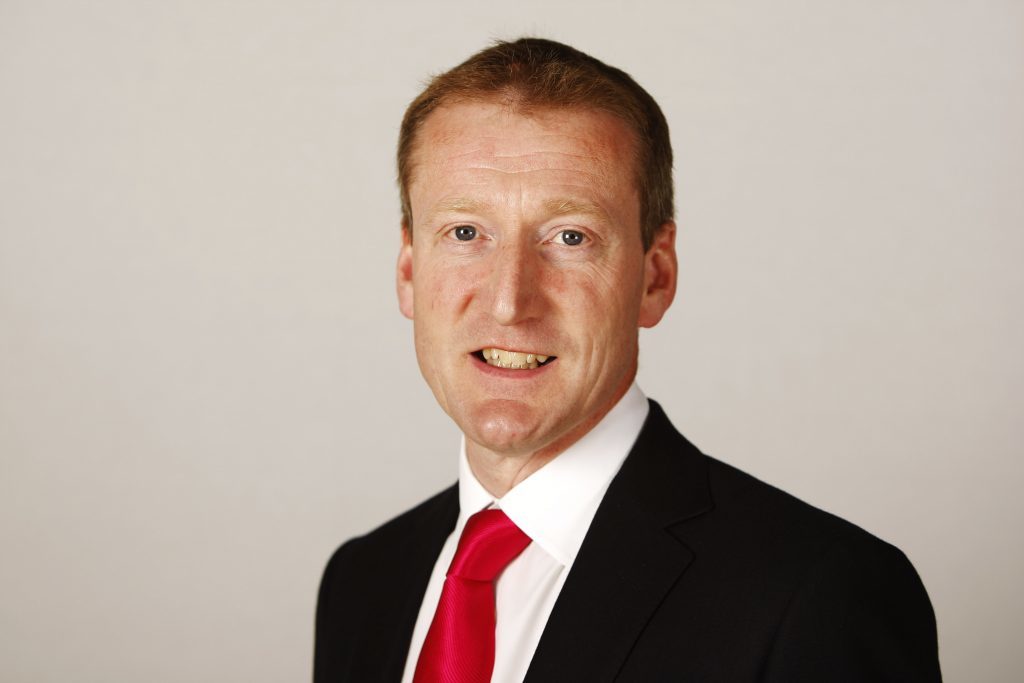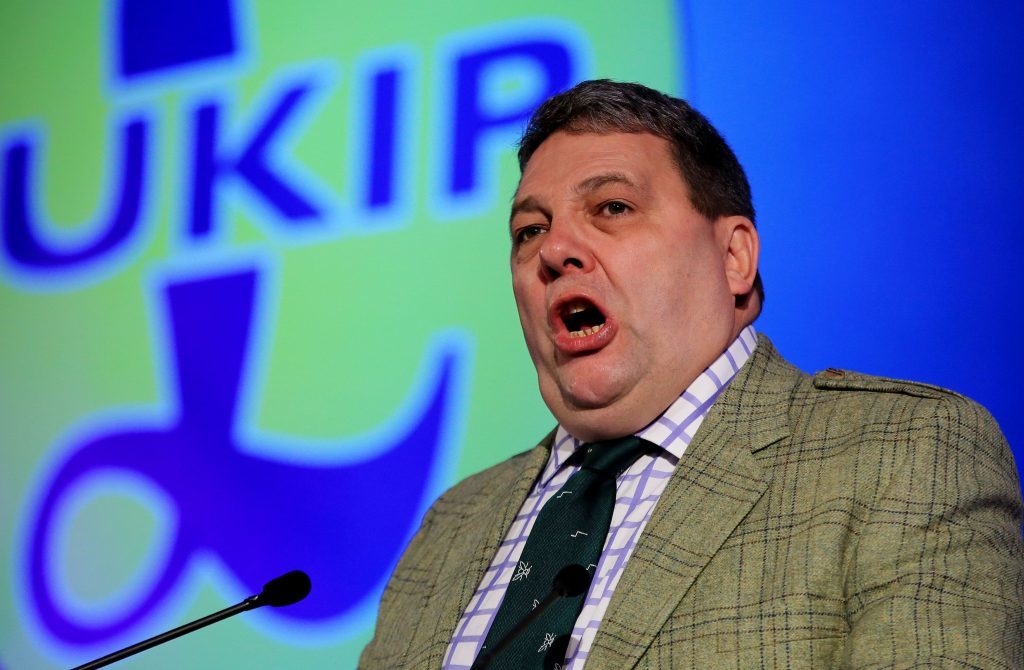
Here are 10 of the more intriguing results.
The SNP failed to secure a second majority, winning 63 of the 129 seats
Polls suggested the SNP were on course for as many as 71 seats but they relentlessly pushed their “both votes SNP” message and insisted they were taking nothing for granted, suggesting internal polling was causing consternation behind the scenes.
They broke the system in 2011 with their majority which was widely regarded as impossible in semi-proportional parliament, so perhaps another minority is not a total shock, but it will be a surprise to many who thought another outright SNP government was a foregone conclusion.
The Conservatives are Scotland’s second biggest party
Tory leader Ruth Davidson had become increasingly bullish in the closing days of the campaign, suggesting her party was in line for a big win.
But the public polls had her neck-and-neck with Labour, suggesting the Tories may just pip them into second place.
On the day, the Tories trounced Labour with 31 MSPs – up 15 on 2011 – and Labour lost 13 seats, reducing them to 24.
It was a remarkable result for a party hitherto regarded as “toxic” in Scotland and a vindication for the Tories’ strategy of focusing its campaign on the 55% of Scots that voted No to independence.
The Scottish Greens pushed the Liberal Democrats into fourth place
The Greens have won six seats, one shy of their previous best in the “rainbow parliament” of 2003 when the Lib Dems won 17 seats and formed their second coalition government with Labour.
It seemed the Lib Dems could not sink any lower after their 2011 Holyrood drubbing and expulsion from the UK Government in 2015, and the party equalled their 2011 tally of five MSPs.
It is a decent result for the pro-independence Greens, whose membership quadrupled after the referendum, but not as meteoric as the party had hoped, with the failure to secure a second MSP in Glasgow a particular disappointment.
The SNP won every constituency in Glasgow
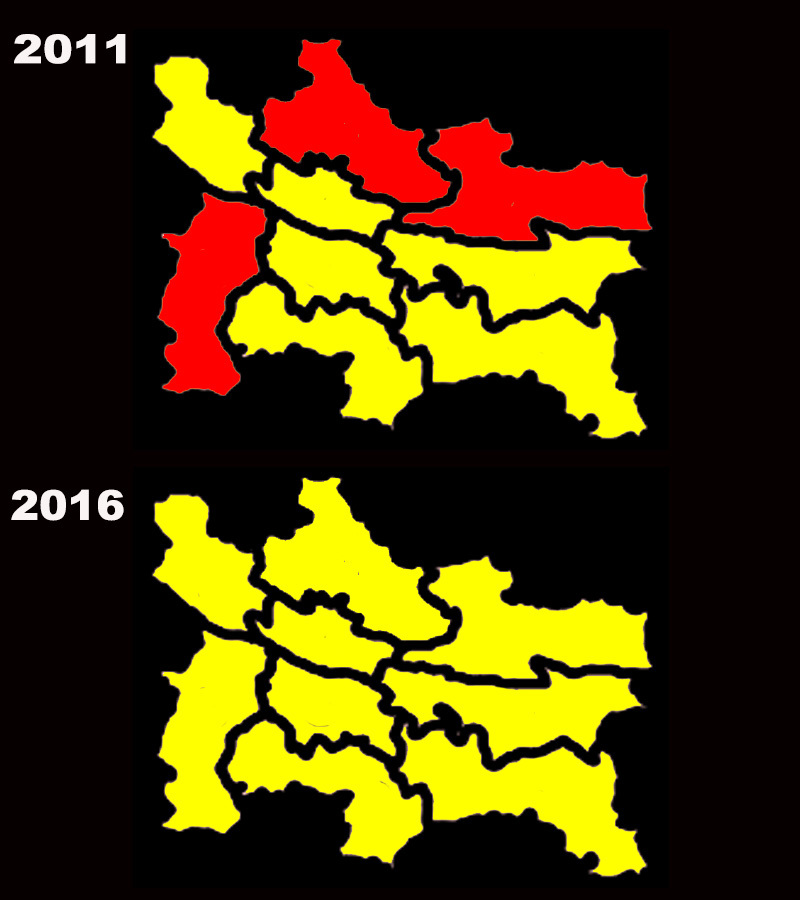
Glasgow was once a Labour stronghold with its history of working-class activism and legacy of “Red Clydeside”.
Labour regarded its expulsion from the then Scottish Executive in 2007 as an aberration and the SNP majority in 2011 left them bitter and divided.
It restored a modicum of hometown pride in the 2012 Glasgow Council elections, holding on to the city administration at a time when the SNP bandwagon seemed unstoppable.
This was before the Better Together coalition had crystalised, and by 2014 their alliance with the Conservatives damned them in the eyes of voters who returned a majority for independence in Scotland’s biggest city.
Ruth Davidson won Edinburgh Central
Citizens in the centre of the capital are capricious, returning Labour, SNP and now Tory MSPs since 1999.
The Scottish Conservative leader ran a very personal campaign, capitalising on her high-profile media presence and often suppressing the Tory brand in her campaign leaflets.
She has only lived in the city for a few years, switching her residence from Glasgow – where she won her regional seat in 2011 – to Edinburgh shortly before the 2016 campaign began.
The Liberal Democrats won two mainland constituencies
The Lib Dems retreated to their Northern Isles strongholds in 2011 with just two constituencies in Orkney and Shetland in the post-coalition backlash.
Back then, the list MSPs made up the numbers giving them a total of five, but this time they have won four constituency seats and just one list seat.
Leader Willie Rennie won his Fife North East target, securing a 3,000 majority over sitting SNP MSP Rod Campbell.
Firstly, big congrats to my new pal Willie Rennie! pic.twitter.com/IyUe92zBUy
— Neil Slorance (@neilslorance) May 6, 2016
Much like Ruth Davidson, he ran a vibrant media campaign capitalising on his reputation as a personable but persistent opponent of government. His social-media profile was boosted by being photo-bombed by a pair of amorous pigs.
Charity worker Alex Cole-Hamilton has been the Lib Dems’ “one to watch” in a series of campaigns and his persistence paid off in 2016, taking Edinburgh Western from the SNP.
Tory Jackson Carlaw won Glasgow Eastwood
Scottish Conservative deputy leader Jackson Carlaw has been an MSP since 2007 and a Tory for much longer, having joined the party in 1978.
The former car salesman tried and failed on three occasions to win the Eastwood constituency seat, in 2003, 2007 and 2011, before finally succeeding in 2016.
Mr Carlaw, 57, who was a list MSP representing the West of Scotland for the past nine years, stood for the party’s leadership when Annabel Goldie resigned in 2011, losing out to Holyrood newcomer Ruth Davidson.
He was appointed as Ms Davidson’s deputy and has gone on to carve out a reputation as one of the Tories’ strongest performers at the Scottish Parliament.
The Lib Dems held Orkney and Shetland
Lib Dem leader Willie Rennie has always insisted the party is safe in the Northern Isles.
However, Orkney and Shetland MP Alistair Carmichael tainted the party’s image in its island strongholds in the general election campaign when he orchestrated an unfounded smear campaign against Nicola Sturgeon.
A group of island residents took him to court with a crowd-funded campaign which raised thousands of pounds, and while he was cleared of any legal wrongdoing his reputation suffered.
Shetland MSP Tavish Scott and Orkney MSP Liam McArthur could have been exposed to guilt by association, but they are both popular in their own right in their respective constituencies.
Mr Scott increased his vote share in Shetland, Mr McArthur held Orkney with a 4,000 majority.
The Conservative vote share doubled in Glasgow
Although Glasgow returned a majority for independence, it was by no means overwhelming and the result suggested about 47% of the city remained firmly unionist.
The Tories pitched themselves as the defenders of the union and it paid off, with their vote share doubling from 6% in 2011 to 12% in 2016.
Even the departure of popular leader Ruth Davidson from Glasgow to her new home in Edinburgh – where she won a unexpected constituency seat – failed to dampen the party’s resurgence.
Academic Adam Tomkins, who represented the Tories on the Smith Commission on Devolution, and food retail manager Annie Wells are the party’s two new Glasgow MSPs.
Ukip failed to win a seat in Holyrood
This may not come as a surprise to anyone but Ukip themselves, but the party has not been as unpopular in Scotland as their opponents would have people believe.
They outpolled the Greens in both the 2014 European election and the 2015 general election, but they were nowhere in the opinion polls for Holyrood 2016.
David Coburn was hoping to repeat his 2014 victory in the European Parliament, which has a similar proportional voting system as the Holyrood list, when he became Ukip’s first elected member in Scotland.
Ukip leader Nigel Farage made a big push for an MSP this year, particularly with the European referendum just seven weeks away, but with polls indicating Scotland is less Eurosceptic than Ukip’s southern England heartlands, his success was not to be.
READ MORE
Scottish Elections 2016: SNP win but without enough votes for a majority government
Ruth Davidson urges Nicola Sturgeon to rule out second independence referendum

Enjoy the convenience of having The Sunday Post delivered as a digital ePaper straight to your smartphone, tablet or computer.
Subscribe for only £5.49 a month and enjoy all the benefits of the printed paper as a digital replica.
Subscribe